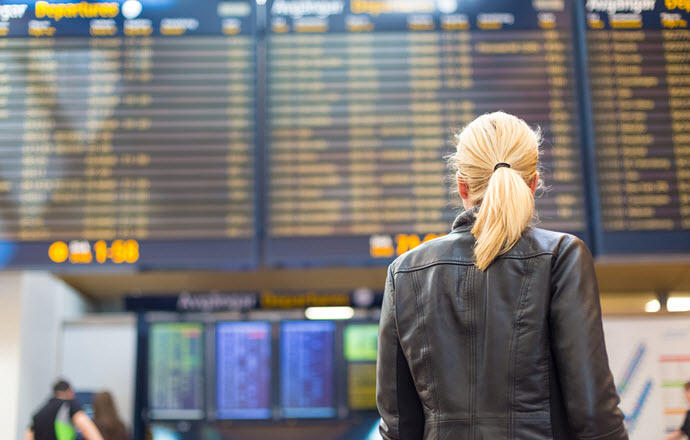By Ed Perkins, Tribune Content Agency
With varying starting dates this year, the big three U.S. lines will all be offering a broader product range than in previous years, at least on many flights. The net result: You’ll probably pay more for your summer tickets.
Basic Economy. With the recent addition of American, all three giants will offer a form of “basic” economy. Supposedly, fares are positioned to compete with the likes of Allegiant, Frontier, and Spirit. The “hard” product — seat width and legroom — is the same as regular economy, and basic economy travelers sit throughout the economy cabin, but the basic fares carry onerous new restrictions. On all three lines, tickets are completely nonrefundable and nonexchangeable: Use it as is, or lose it.
Seat assignments are available only at check-in time, meaning that folks on these tickets likely end up in middle seats and many family groups are separated for the flight. For the most part, you aren’t able to upgrade basic economy tickets, either by paying or through frequent flyer status. You earn frequent flyer mileage but maybe not credit toward elite status. And American and United allow only a “personal item” carry-on that will fit under a seat, not a larger bag for an overhead bin. These limits apply to ordinary travelers: Elite-level frequent flyers enjoy exemptions.
At least so far, the big three lines offer the basic option only on “selected” flights, where, presumably, travelers are most sensitive to price or competition from the ultra-low-cost lines is strongest. For now, the new approach is limited to domestic flights, but there’s no reason it couldn’t apply on international flights, as well. Because the hard product is no different, airlines have ultimate flexibility as to how they allocate seats in the cabin on any flight between basic and regular economy. And an airline can implement the new fare system as quickly as it wants.
So far, the niche lines are silent. Alaska and Hawaiian, which compete with the giants on so many routes, may decide to follow, but JetBlue, which targets a slightly upscale niche, may not.
The net result is that most of you will wind up paying more for regular economy than before, as you will likely feel the need to buy first-level-up tickets. Clearly, the big lines wouldn’t make these changes unless they expected to gain additional profit. And draconian limits on carry-on baggage will undoubtedly lead to confusion and delays at boarding gates.
Premium Economy. American and Delta are both adding true premium economy to their wide-body fleets. True premium economy provides wider seats, eight to 10 inches more front-to-rear space than regular economy, improved cabin service, and usually dedicated check-in lines and priority boarding. True premium economy is much like business class when it was first introduced, and is a really comfortable product during daytime. United hasn’t announced anything yet, but most industry mavens figure it will follow American and Delta.
True premium economy does not work on the narrow-body A320 and B737/757 families that dominate domestic flying: The only feasible arrangement would be five-across, and nobody seems to be interested in that option, so you’ll see domestic true premium economy only on premium long-haul routes that use wide-body planes. On intercontinental routes, prices average about 70 percent more than regular economy.
True premium economy requires a new cabin layout, so airlines will introduce it gradually, starting with the newest planes just off the assembly lines. Older planes will get it during periodic refurbishment.
American will retain “stretched” economy along with premium. That means some planes may have five different cabin configurations: Economy, stretched economy, premium economy, business class, and first class. Again, Delta and United will probably follow.
Among the niche lines, only Hawaiian is likely to add true premium economy, to be competitive on its international routes to Asia and the South Pacific. Alaska and JetBlue fly only narrow-body planes, so you won’t see either doing true premium economy.
(Send e-mail to Ed Perkins at eperkins@mind.net. Also, check out Ed’s new rail travel website at http://www.rail-guru.com/.)
(c) 2017 TRIBUNE CONTENT AGENCY, LLC. – Tribune Content Agency — January 24, 2017
Ed Perkins is a nationally syndicated travel columnist, with weekly columns appearing in three dozen U.S. newspapers. He was founding editor of Consumer Reports Travel Letter and has written for Business Traveller (London), Arthur Frommer’s Budget Travel, The New Yorker, and National Geographic Traveler.


Leave a Reply